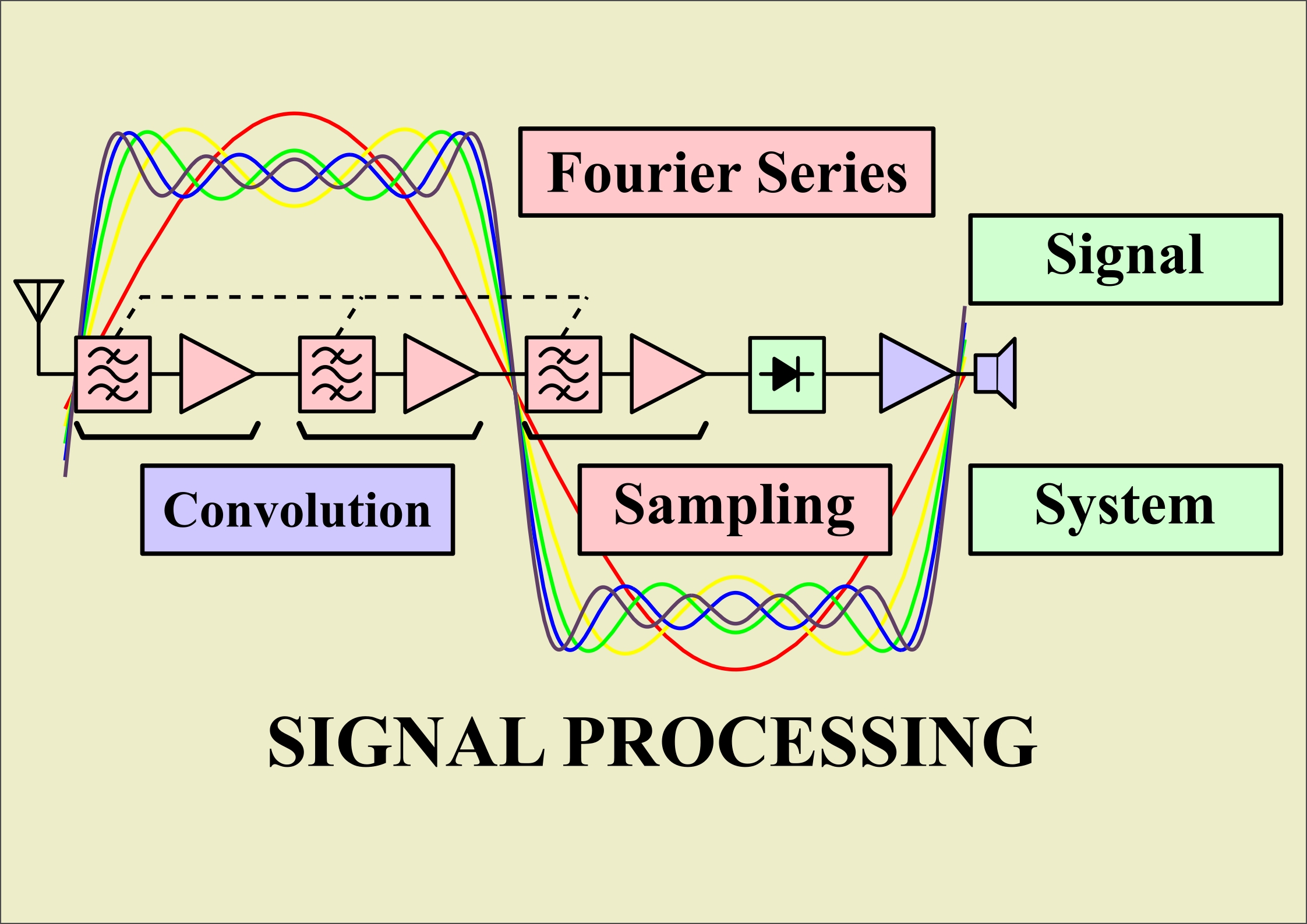Continuous-time Fourier analysis:
Fourier series is an approximation process where any general (periodic or aperiodic) signal is expressed as sum of harmonically related sinusoids. It gives us a frequency domain (or spectral) representation. If the signal is periodic Fourier series represents the signal in the entire interval (-∞, ∞). i.e. Fourier series can be generalized for periodic signals only.
Continuous-Time Fourier Transform (CTFT): In the previous section, we saw that Fourier series can be generalized only for periodic signals, not for aperiodic ones i.e. any periodic signal is represented as linear combination of harmonically related complex exponentials. This limitation is overcome through Fourier transform, which is applicable for both aperiodic and periodic signals. The Fourier transform gives a frequency domain description of time domain signal. An aperiodic signal is one which is periodic with an infinite period. As the period increases the fundamental frequency decreases which makes aperiodic signal infinitesimally close in frequency and the representation in terms of linear combination takes the form of an integral rather than sum. The resulting spectrum is called Fourier transform. Thus, Fourier transform is an extension of Fourier series for aperiodic signals.

